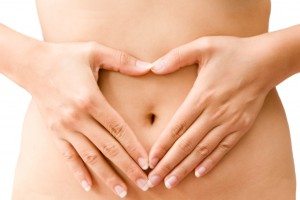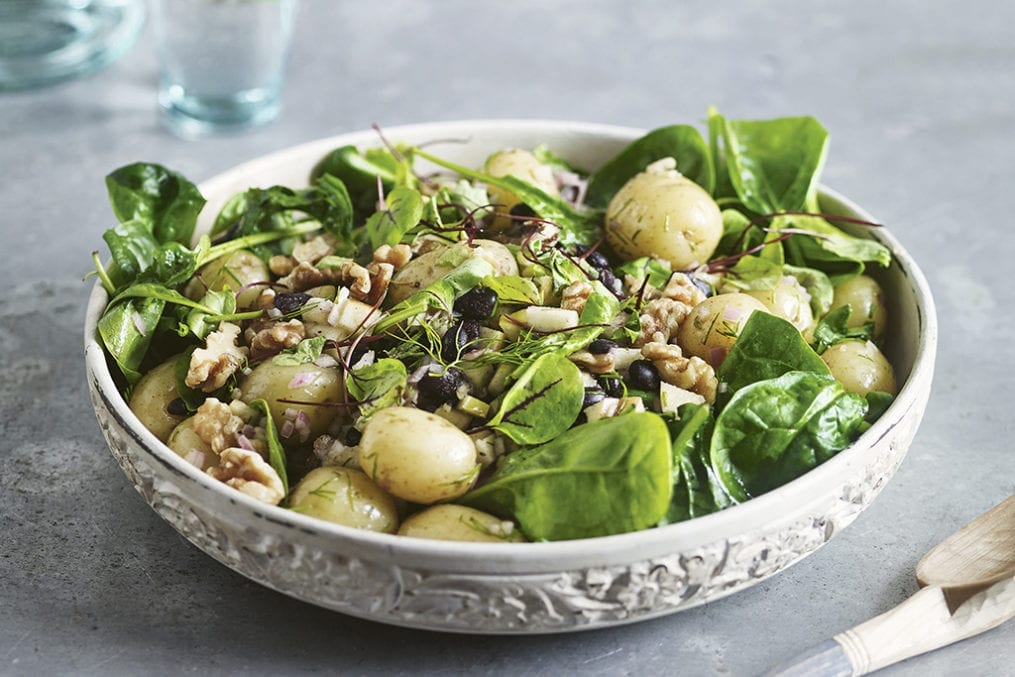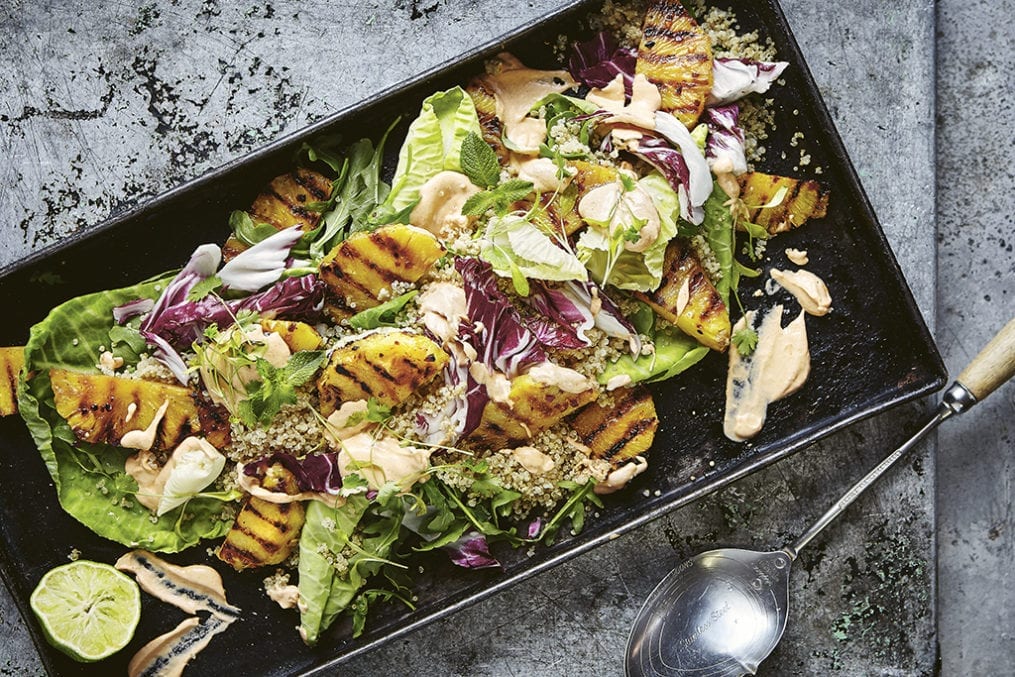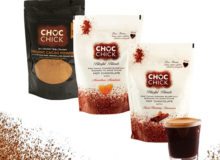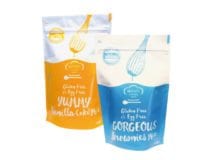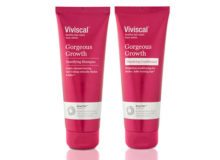This diet could be the end of your IBS symptoms
The FODMAP diet could eradicate your IBS symptoms – but it will mean revising your idea of healthy food.
IBS – the facts
Irritable bowel syndrome (IBS) affects up to one in five of us, and if you’re a sufferer of the symptoms – including bloating, pain, constipation and/or diarrhoea – you’ll know how debilitating it can be. IBS affects your work, relationship and mood. A survey showed 38% of those with severe IBS said they’d had suicidal thoughts as a result of the condition.
Unfortunately, it’s hard to treat, but you may have heard of the FODMAP plan, a revolutionary approach that’s set to change the lives of many IBS sufferers. FODMAP is an acronym for a group of scientific names for certain carbohydrates that are hard for your digestive system to break down. Avoiding them has been shown to give lasting relief in 75% of case. ‘The diet puts you in control so you can manage your own symptoms,’ says Dr Peter Irving, consultant gastroenterologist at The London Clinic and London Digestive Health.
Read more: The latest thinking on IBSThe FODMAP plan decoded
The diet was developed in 1999 by Dr Sue Shepherd, an Australian dietician, and then researched by Dr Irving. FODMAP stands for fermentable oligo-, di-, mono-saccharides and polyols (a mouthful, we know). ‘These are specific carbohydrates that are not fully digested and create “food residue”,’ says FODMAP-trained dietician Marianne Williams.
‘This residue is fermented by bacteria in the large intestine, and while that isn’t a problem for most of us, in sensitive people it can result in bloating, wind and abdominal pain – typical symptoms of IBS. The residues can also result in water being drawn into the bowel, causing loose stools in some people.’ The theory behind the diet is that simply cutting out high-FODMAP foods can dramatically improve IBS.
Certain FODMAPs affect some people more than others. So, to find out which trigger your symptoms, avoid all FODMAPs for eight weeks and then reintroduce food groups one at a time. ‘Some people may have to omit all FODMAP foods forever,’ says Dr Irving. ‘But knowing which foods trigger your symptoms can help put you in charge. If you really want to eat something you know triggers IBS symptoms, you can at least make a clear decision as to whether those symptoms will be manageable and acceptable for a few hours or days.’
Following the plan
Life-changing the diet may be, but it’s not straightforward. The FODMAP plan involves excluding food groups, including dairy, a large number of fruits and vegetables, and gluten. If you want to try it, you’ll need to be committed and ultra-vigilant about reading food labels.
You’ll also need to be prepared to cook most meals from scratch, as you’ll be saying goodbye to ready meals and takeaways (at least for a while). And the plan isn’t intuitive – you can eat bananas but not apples, and sugar but not honey – so you’ll need to keep a list of FODMAP foods with you.
‘You’ll be cutting out lots of foods and you risk missing out on nutrients, so the advice is to follow the diet under the guidance of a dietician who’s been trained in the FODMAP plan,’ says Dr Irving. While going without staples such as onion, garlic and bread may seem tough, if your IBS interferes with your life on a regular basis, it could be a small price to pay for being symptom-free. Remember, you’ll be able to reintroduce at least some foods after eight weeks.
A day on the FODMAP diet
Breakfast: Start the day with half a fresh grapefruit, then choose from scrambled eggs, bacon and gluten-free toast or oatcakes, or porridge made with lactose-free or soya milk topped with blueberries.
Lunch: Chicken, ham, tinned tuna or prawn salad with lettuce, cucumber, celery, tomatoes and red pepper, or a sandwich made with gluten-free bread. Banana or grapes.
Dinner: Poached salmon fillet, spinach, green beans, baked potato, raspberries topped with lactose-free ice cream or soya custard.
Watch out for these healthy foods – they’re actually IBS villians!
Grains
Rye, wheat and anything containing gluten – these should be labelled, but as a rule will include pasta, cakes, biscuits and breakfast cereals
Vegetables
Avocado, beetroot, broccoli, cabbage, cauliflower, peas, mushrooms, onions and garlic
Pulses
Lentils, baked beans, kidney beans and chickpeas
Lactose-containing foods
Most dairy’s off-limits because of lactose, so steer clear of milk, ice cream, margarine and yoghurt (unless soya)
Nuts and seeds
Pistachios and cashews
Sugars
Honey and a wide range of artificial sweeteners used in prepared foods
Fruit
Apples, cherries, nectarines, pears, peaches, mangoes and plums
Find out more
Click here to find a FODMAP-trained dietician. For more information on the diet, look out for The Complete Low-FODMAP Diet: A Revolutionary Plan For Managing IBS And Other Digestive Disorders by Dr Sue Shepherd and Dr Peter Gibson (Experiment, £12.46).
